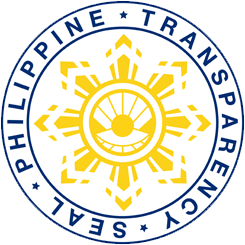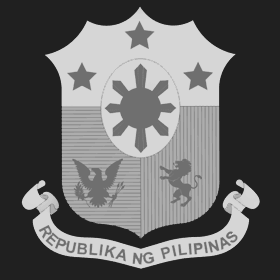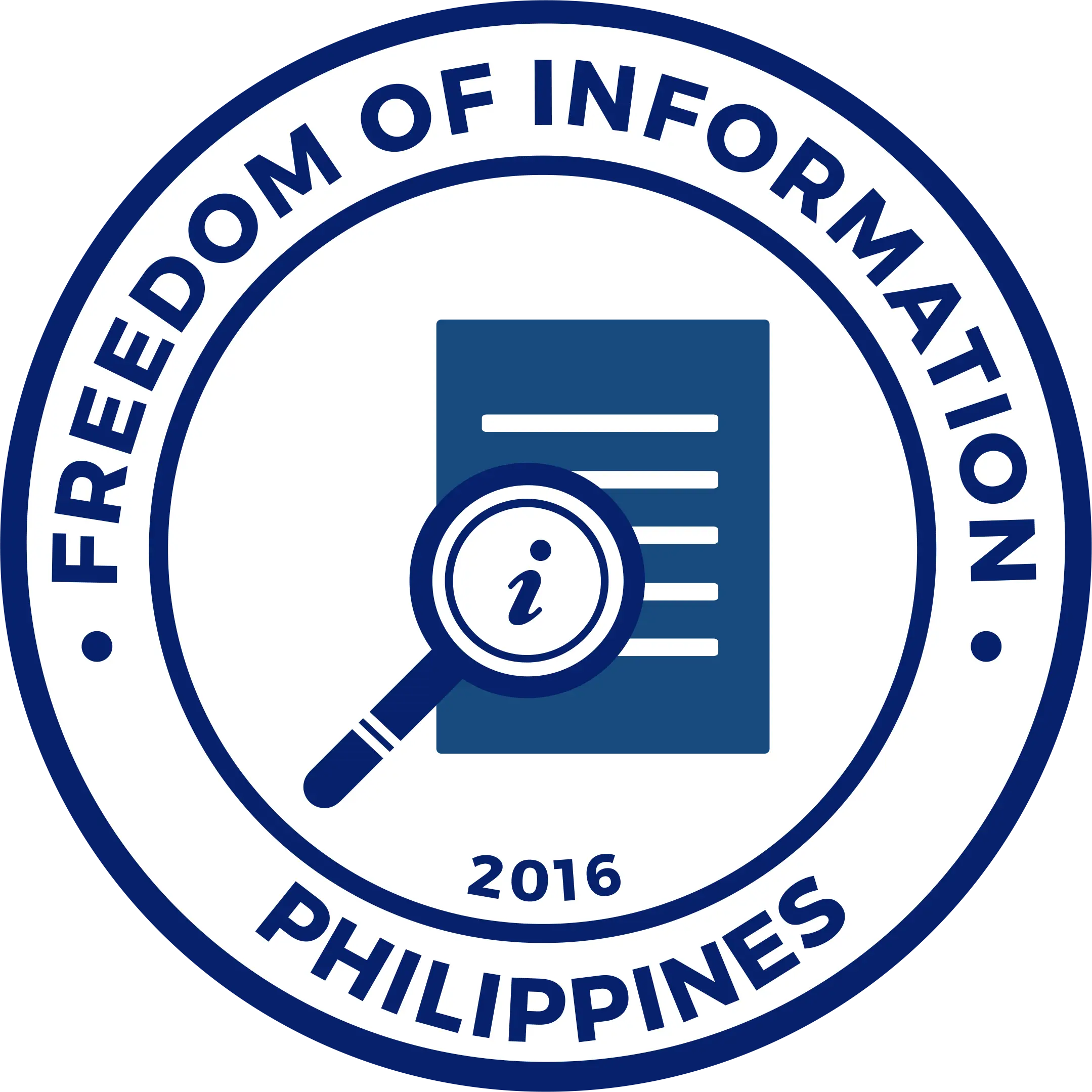
Do you know that a rich source of information on Philippine soils is easily available and accessible online?
This is the Philippine Soil Information System. A quick dig-up on the internet leads you to this online data treasury.
What is this online data treasury?
The PhilRice Soil Information System (PSIS) is a web portal in the DA-PhilRice Database and Management Portal (DBMP) that contains extensive data and information on the physical and chemical properties of the various soil types in the country, categorized under Soil Series, which is an ever-growing list of all the known types of Philippine soils and their profile descriptions.
The Bureau of Soils and Water Management (BSWM) takes charge of mapping out and naming types of Philippine soils. A team under the division of Agronomy, Soils, and Plant Physiology Division (ASPPD) in the DA-PhilRice Central Experiment Station validates the information through soil morphological characterization; provides photos of soil pits and landscape presentation; and offers the best plant or crop recommendations.
Formation of the PSIS
In 2006, DA-PhilRice’s ASPPD only produced hard copies of guidebooks called, “Simplified Keys to Soil Series,” for each of the targeted top rice-producing provinces in the country. These guidebooks contained copious and rich data and information on Philippine soils, but they only helped Agricultural Extension Workers (AEWs) who were given copies during training programs. In 2011, the web portal was created to make this information public and easily accessible.
Today, the PSIS continues offering its services to anyone who may need Philippine soil information anywhere in the world.
What to unearth in the PSIS?
To find the PhilRice Soils Information System on the internet, go to the DA-PhilRice Database and Management Portal (https://dbmp.philrice.gov.ph/dbmp_main/services), select Services, and then click Soil Management.
The first hyperlink from the left, Soil Is, directs you to a set of book covers of the Simplified Keys to Soil Series guidebooks. When you click Read more…, data and information regarding the physical properties of the province of that guidebook appear.
Meanwhile, the second hyperlink, Gallery, contains the various Soil Series with their general profile descriptions together with land and soil photos. The soil photos can be zoomed in for closer inspection. How did these Soil Series get their names? Where the new soil type was first discovered, that soil series is named after the barangay. Currently, there are almost 400 Soil Series in the country, each having its unique set of characteristics.
The third hyperlink, Distribution, leads you to a hyperactive map of the Philippines. By clicking a province, you are provided with a list of the Soil Series found in that province, information on properties limiting crop production, and management recommendations on rice, and other economically important crops. These are the major contributions of the ASPPD team in charge of soil profiling.
The fourth hyperlink, Identification, shows book covers of the Simplified Keys to Soil Series guidebooks of each province in the country, which will be available for download soon, when the web portal is upgraded.
Lastly, the fifth hyperlink provides you with the Glossary for easier retrieval of information.
A useful technology
Louie Gerard Orcullo, an anthropologist at the Socioeconomics Division of DA-PhilRice, said that the PSIS once helped him in his research.
“The Soil Series helped to identify the types of soil that could be encountered in our research sites for our study in crop diversification. This helped me visualize and understand the conditions of the fields of our farmers as they describe their land with their own words,” he said.
“The PhilRice Soils Information System can help researchers, policy-makers, and students. Farmers who want to plant other commodities besides rice can also know if it is feasible through looking up information in the web portal themselves,” said Rodolfo Bermudez Jr., one of the key project staff.
If you need information about a Philippine land area, just visit this online treasury!




